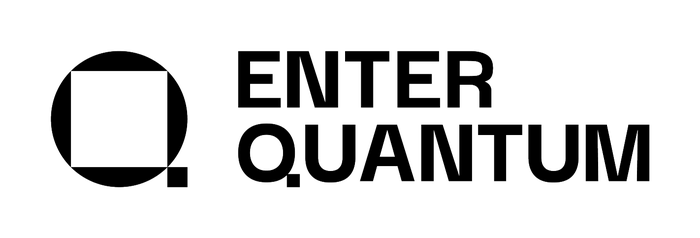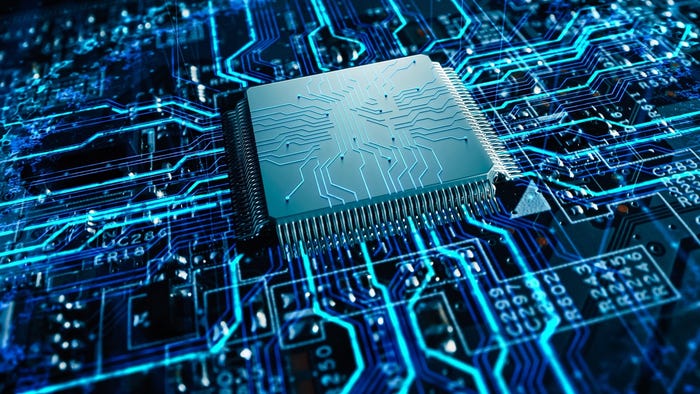
Connects decision-makers and solutions creators to what's next in quantum computing
Quantum Computers Evolve Beyond BinaryQuantum Computers Evolve Beyond Binary
Using more than ones and zeroes could solve chemistry and physics problems more easily

Researchers are using the fact that quantum particles can exist in more than two states to develop more powerful quantum computers with smaller processors.
Qubits, the basic unit of quantum information, are usually described as being equivalent to bits in classical computers, which can take on one of two binary states represented by ones and zeros.
However, quantum computing relies on various properties of particles that can exist in more states. Rather than resolve them into one of the two binary states, using all the different states could offer more processing potential.
A team from the University of Innsbruck, Austria, has developed a quantum computer that breaks out of the binary model. It can perform arbitrary calculations with so-called quantum digits, known as qudits, unlocking more computational power with fewer quantum particles.
“The building blocks of quantum computers are more than just zeros and ones. Restricting them to binary systems prevent these devices from living up to their true potential,” said University of Innsbruck experimental physicist Martin Ringbauer.
The Innsbruck quantum computer stores information on individual trapped calcium atoms which have eight different states. Under the binary model, only two of these are used to store information. The new research uses all eight states as qudits and has proved to be as reliable as using two states.
According to the researchers, physics, chemistry and material science use cases could be particularly suited to using qudits rather than qubits.
“Working with more than zeros and ones is very natural, not only for the quantum computer but also for its applications, allowing us to unlock the true potential of quantum systems,” said Ringbauer.
About the Author
You May Also Like
.png?width=100&auto=webp&quality=80&disable=upscale)
.png?width=400&auto=webp&quality=80&disable=upscale)




